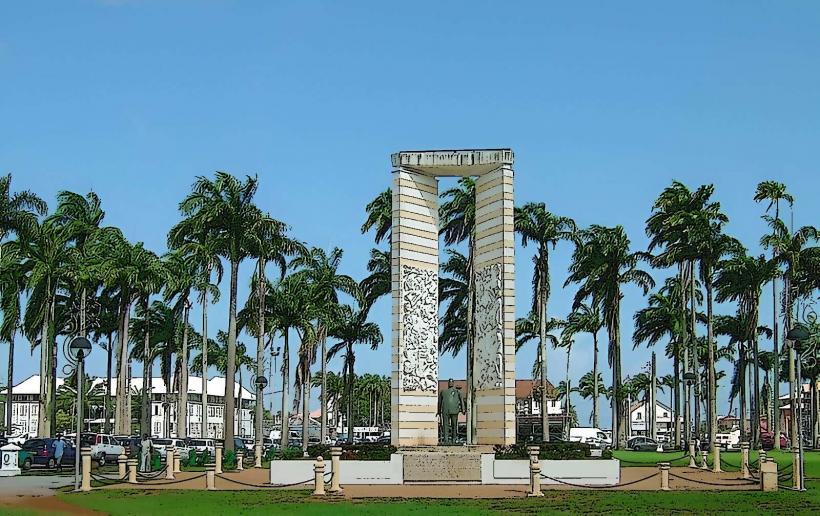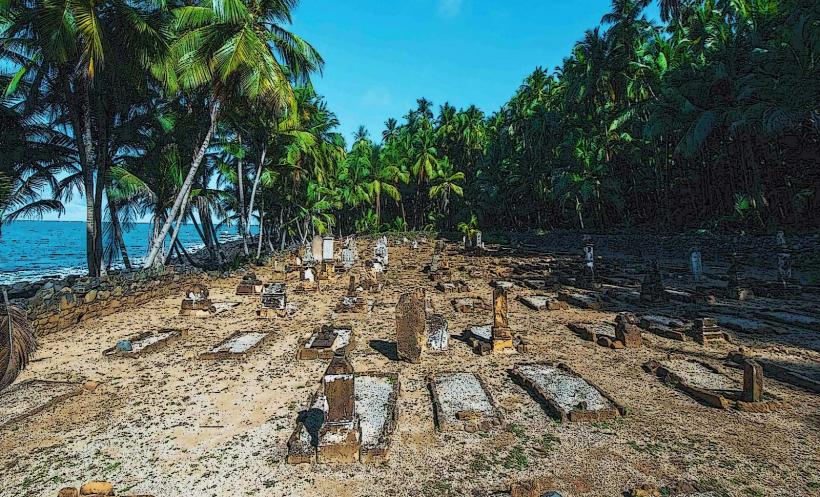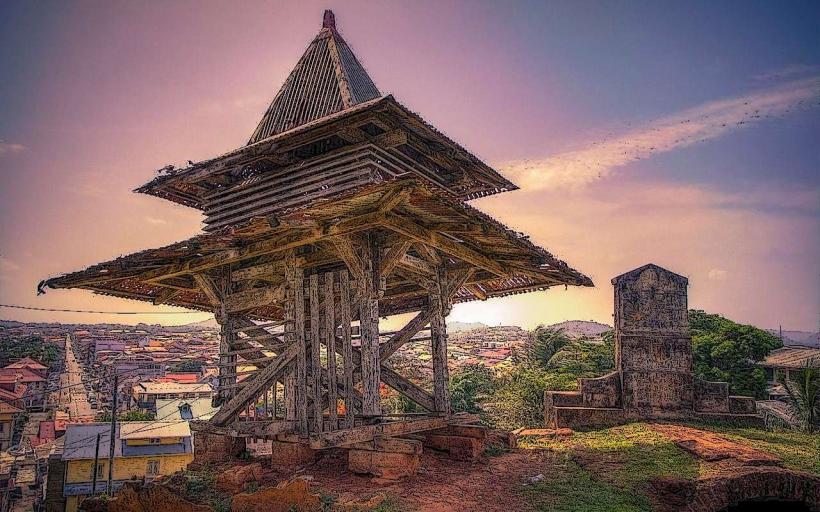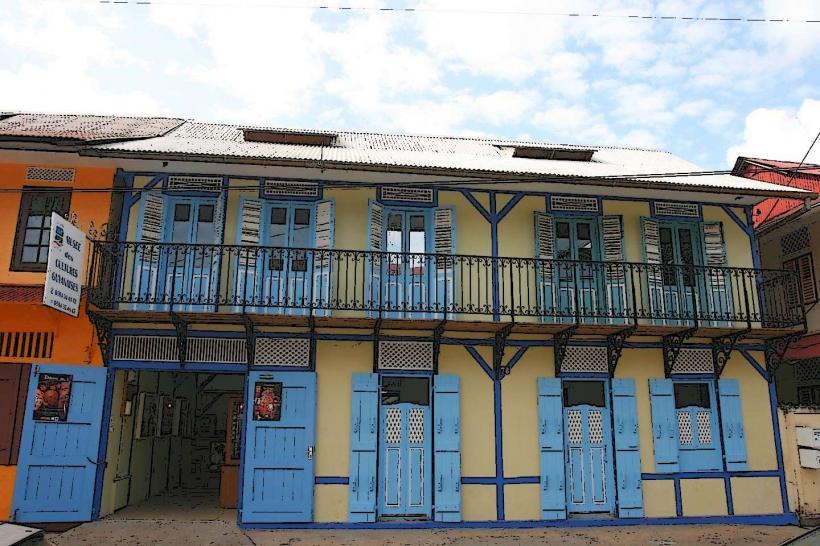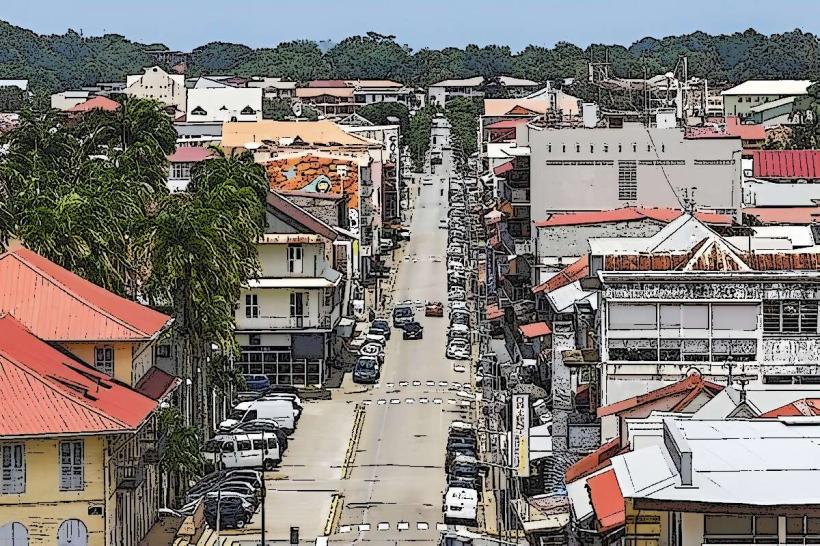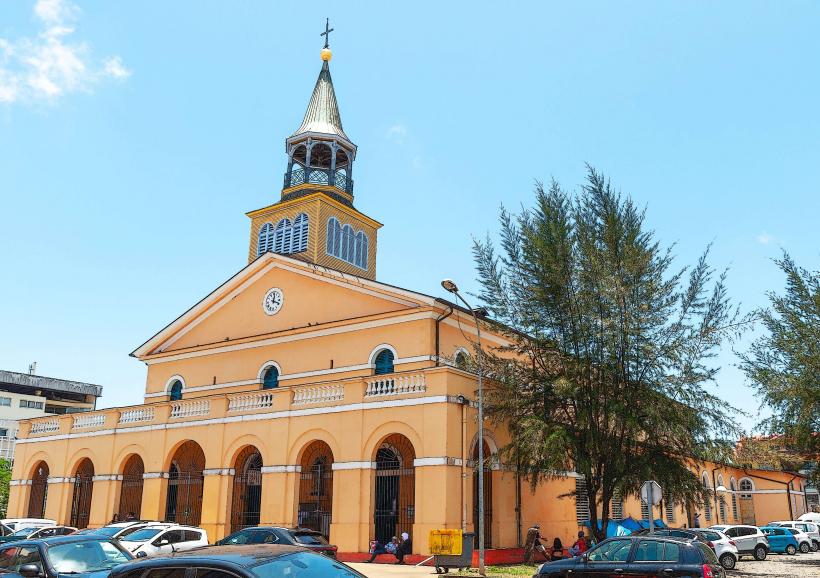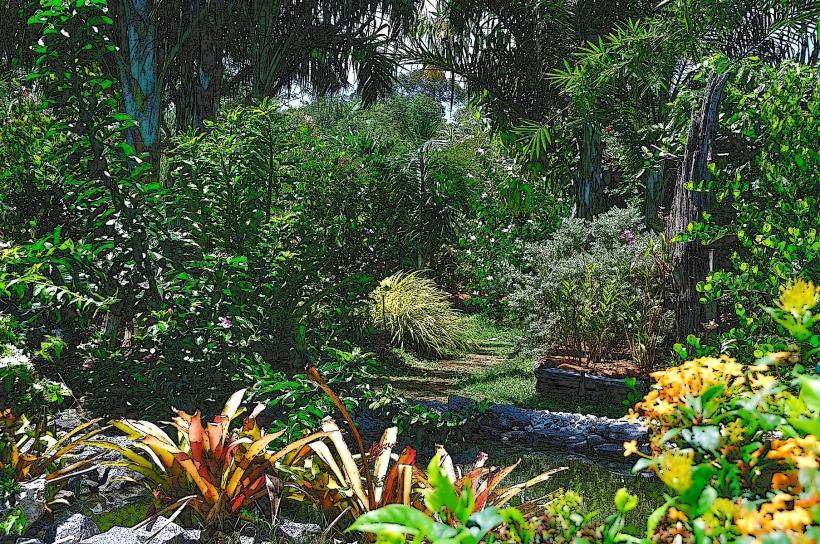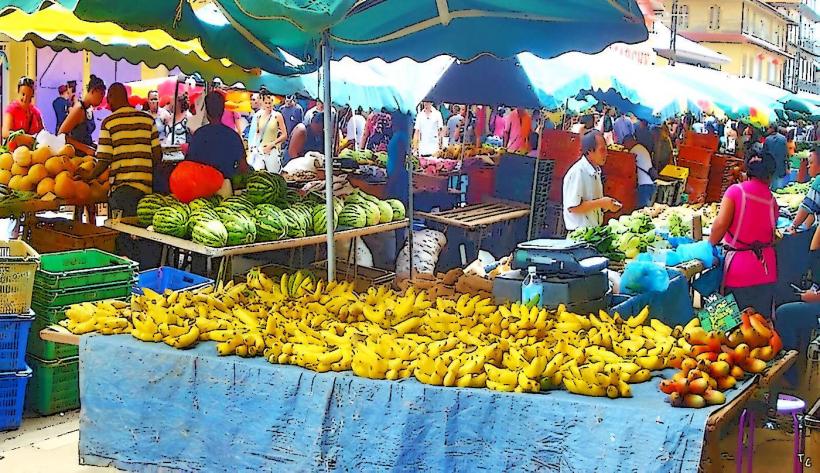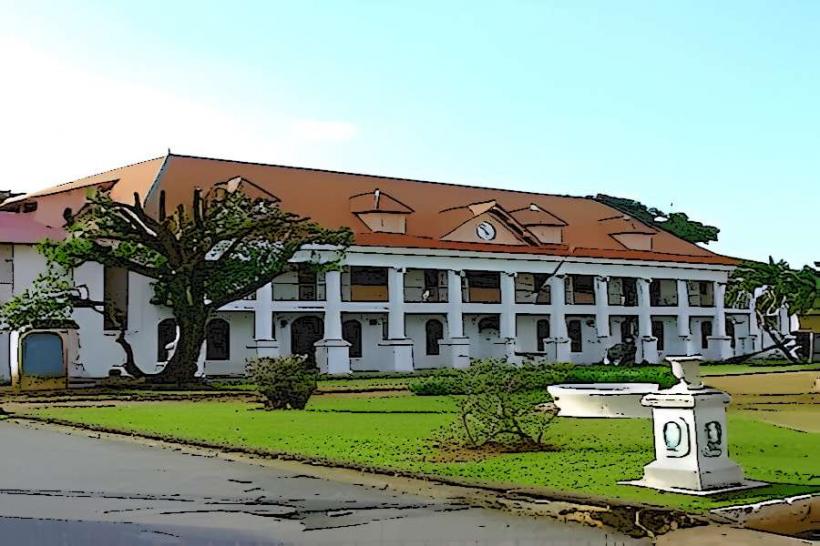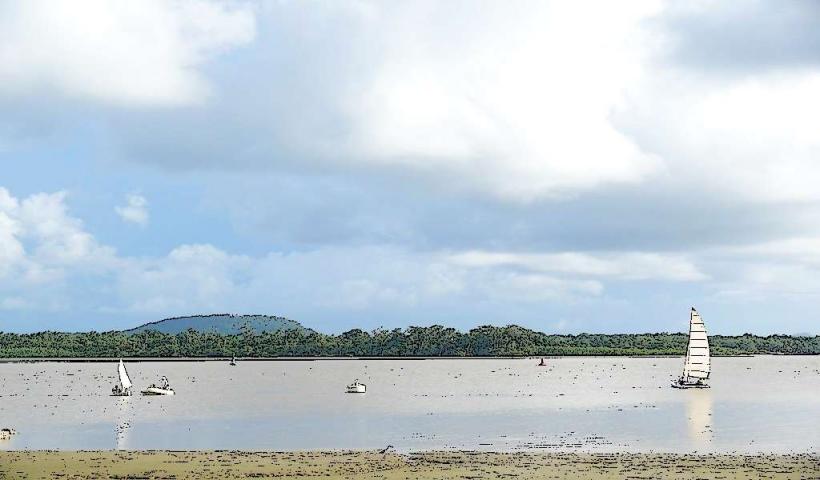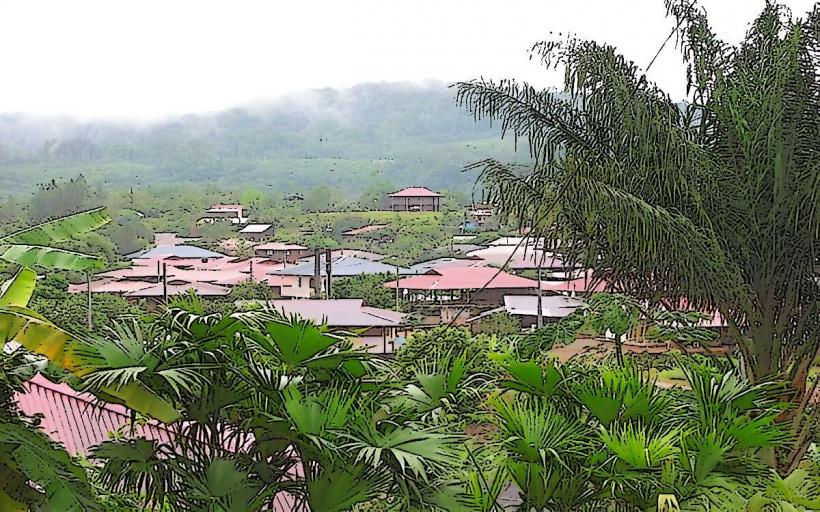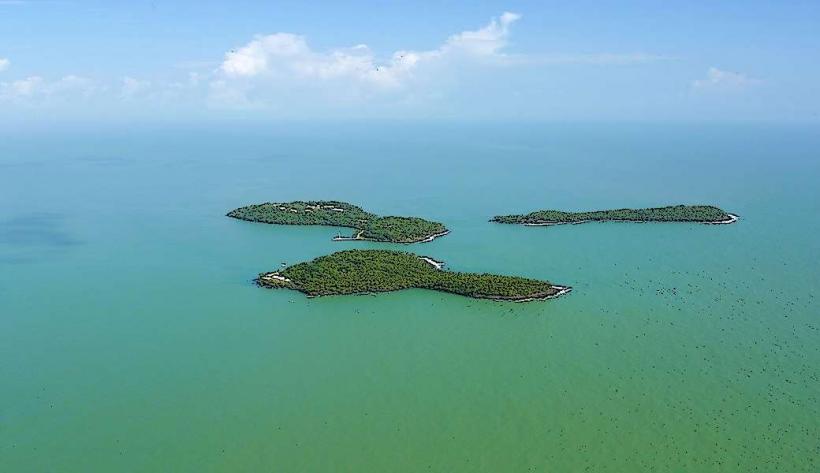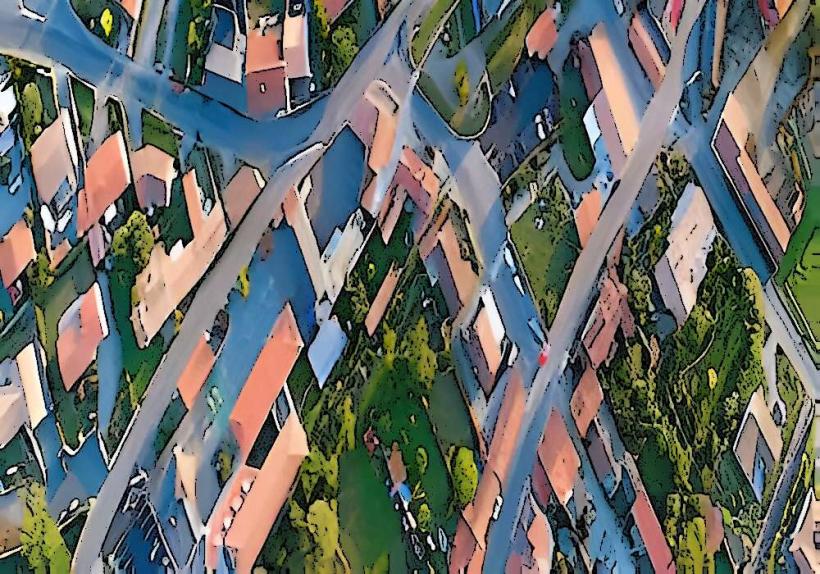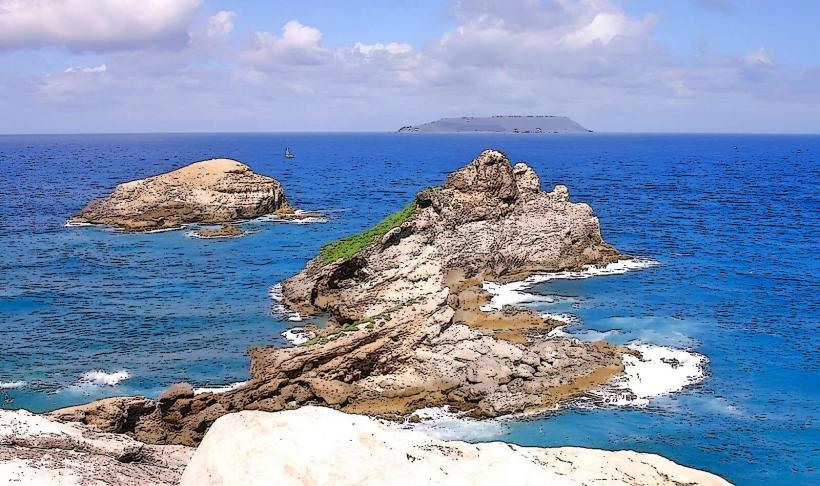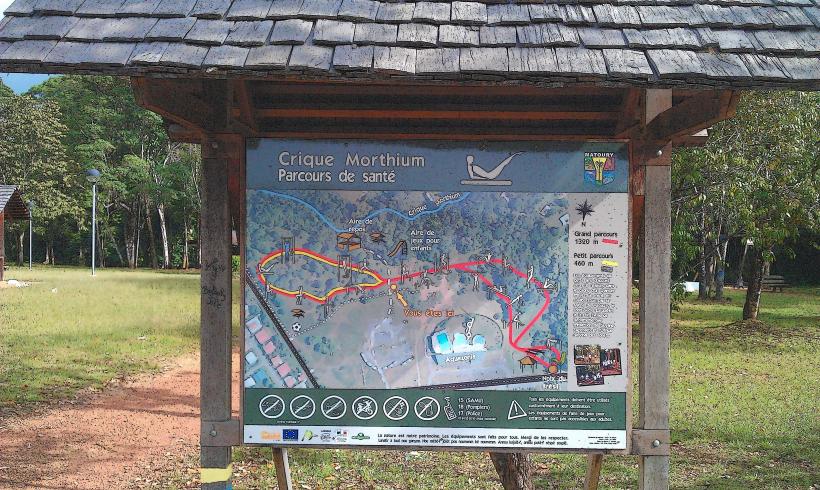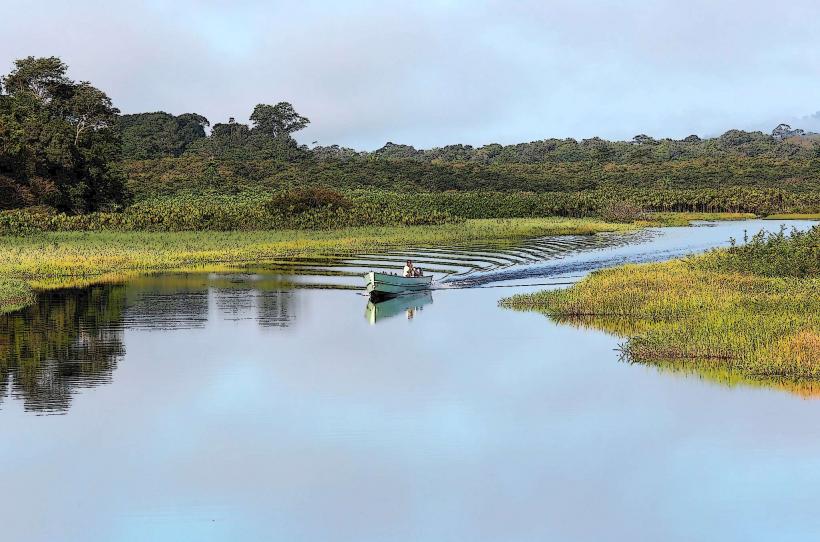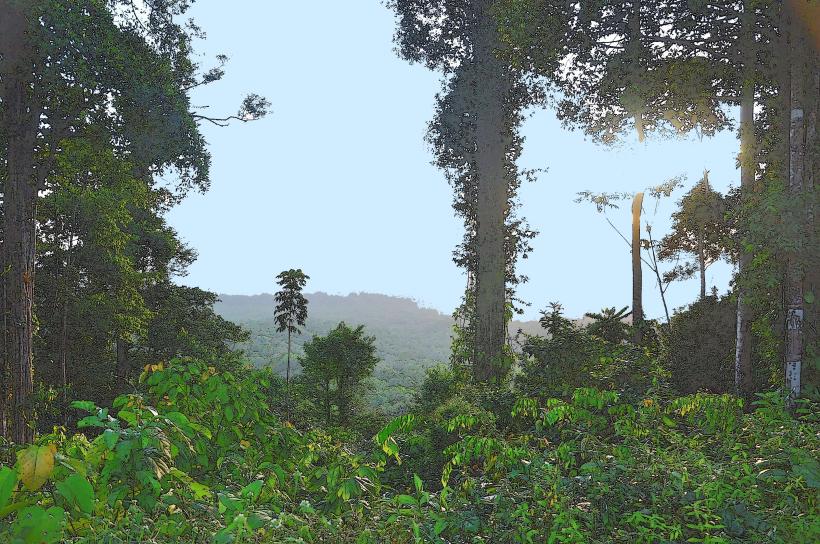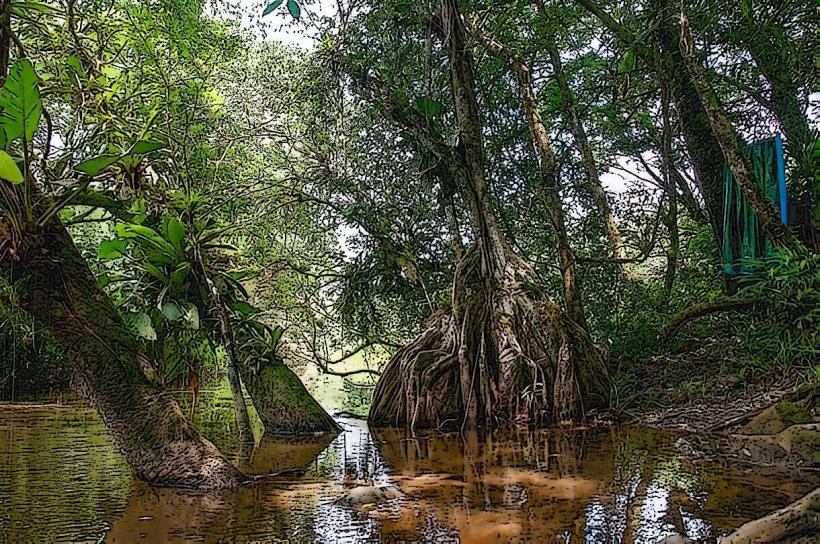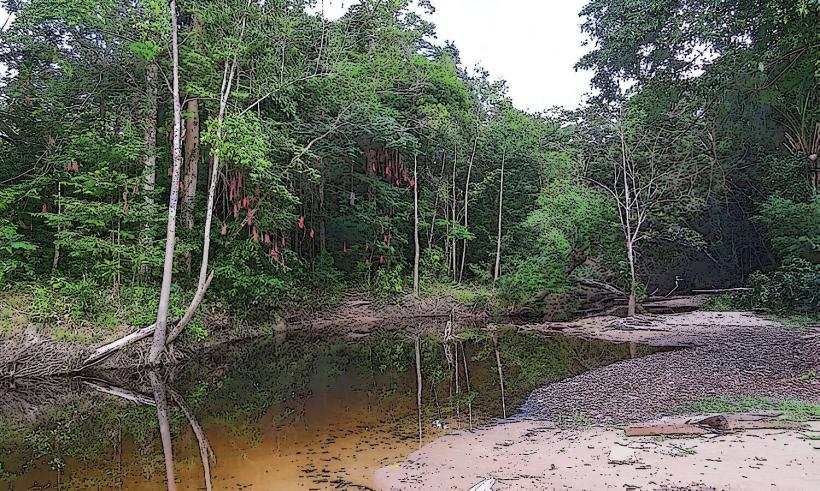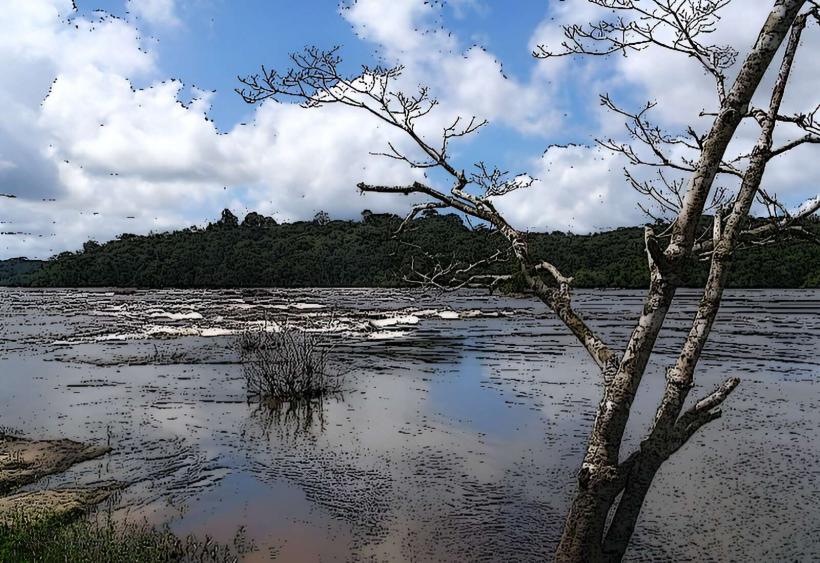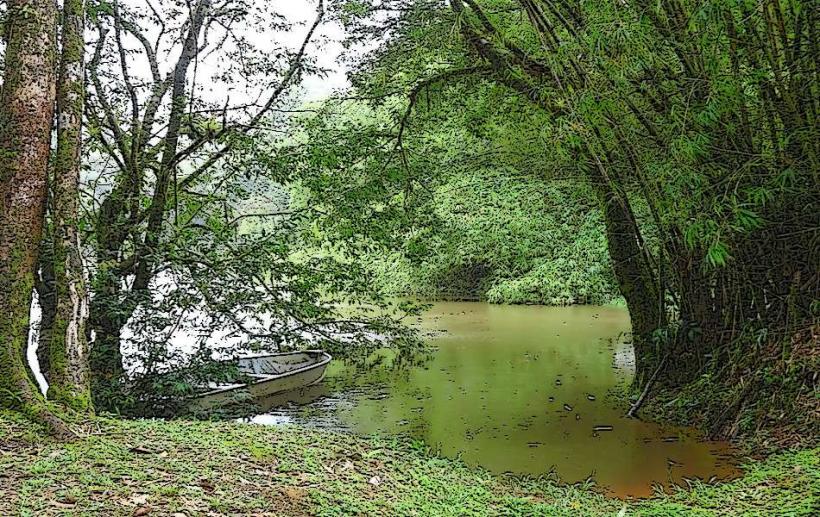Information
Landmark: Penal ColonyCity: Cayenne
Country: French Guiana
Continent: South America
Penal Colony, Cayenne, French Guiana, South America
Overview
In French Guiana, the French government ran the Cayenne Penal Colony-a network of prison camps- from the late 1800s until 1953, where rusted bars and humid air marked the days, what’s more the colony is best remembered for the notorious Îles du Salut-three windswept specks in the Atlantic, including the dreaded Devil’s Island-and it left a deep mark on France’s penal history.The French set up the penal colony in 1852 to hold prisoners from France, from hardened criminals to political dissidents-men who once paced narrow stone cells under the island’s relentless sun, at the same time they chose French Guiana, tucked away on the edge of South America, for the penal system because its steamy jungles and sheer remoteness made escape nearly impossible.The prison system stretched across French Guiana, but its most infamous sites stood near Cayenne, the bustling capital, and out on the wind-swept Îles du Salut just off the coast, what’s more the penal colony was set up under Napoleon III to ease the crush in France’s packed prisons and to contain political prisoners, including men who’d marched in the smoky streets during revolutionary uprisings, a little Over time, the colony grew to hold common criminals too, cramming them into sweltering, airless cells, equally important in Cayenne, the penal system was infamous for its cruelty and harsh, dehumanizing treatment.safesafeThe best known of these was Devil’s Island, a bleak outpost where political prisoners-most famously Alfred Dreyfus in the late 1800s-spent years alone in tiny, stifling cells.safeScorching heat, swarms of malaria-carrying mosquitoes, and no access to even the simplest medicine left survival rates painfully low.safesafesafeOn Devil’s Island, prisoners spent years-sometimes decades-shut inside cramped cells, the air thick with damp stone and silence, cut off almost entirely from human contact.Isolation took a heavy toll, leaving many prisoners with mental scars that lingered for years-some still heard the echo of cell doors in their sleep.safesafeAmong the colony’s most infamous inmates was Alfred Dreyfus, a French army officer wrongly convicted of treason in 1894, his name whispered through the damp, salt-stained air of the prison, equally important in 1895, Dreyfus was shipped off to Devil’s Island, where he spent years alone in a damp cell before finally being cleared in 1906.Truthfully, Prisoners in French Guiana, often called “bagnards” - meaning convicts - included many exiled for political dissent, from left-wing agitators to republicans who defied the monarchy, as a result the penal colony itself lingered on until 1953, when mounting outrage over its brutal conditions forced its closure.The colony shut down partly because of mounting international pressure over how prisoners were treated, and partly due to France’s shifting stance on criminal justice, as well as a scandal over prisoner abuse, revealed in a string of detailed reports, also played a role in the closure.Crowded cells, backbreaking labor, and the constant toll of death sparked a wave of urgent demands for change, meanwhile the Penal Colony of Cayenne-most notably the Îles du Salut-still looms large in French Guiana’s history, its crumbling walls and rusted gates a stark reminder of the past.It’s a sharp reminder of the cruelty of colonial rule and the pain countless prisoners endured, some shivering in dim, airless cells, as a result today, visitors can still detect the penal colony’s legacy in the weathered walls of Cayenne Prison and on the wind-swept Îles du Salut, both now popular historical sites.Visitors flock to the islands-most drawn to Devil’s Island-to uncover the grim past of the French penal system and the prisoners who once endured its damp, stone cells, furthermore today, Devil’s Island draws tourists, where guides lead visitors past weathered stone walls and share stories that reveal both the history and the human toll of the penal system.The history of the penal colony still shapes French Guiana’s cultural identity, coloring how it relates to mainland France-much like the weathered stone walls that still stand along its coast, furthermore the stories of people who lived in the penal colony, or felt its reach from afar, weave into the larger history of French colonial rule in South America-like threads knotted into a rough, weathered fabric.The Penal Colony of Cayenne ranks among the most notorious in modern history, known for its brutal conditions-damp, sweltering cells and relentless punishment that broke prisoners’ bodies and spirits alike, subsequently though it’s been gone for more than fifty years, its shadow still lingers in French Guiana’s history and in the broader tale of colonial rule and penal reform.The tales of the bagnards, especially those trapped on Devil’s Island with salt wind stinging their faces, still remind us of the steep price of injustice and the grim reality of forced exile.
Author: Tourist Landmarks
Date: 2025-09-08

